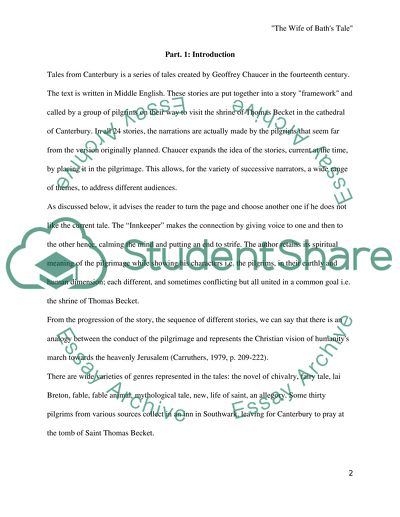Cite this document
(“The Wife of Bath's prologue and The Wife of Bath's Tale, Research Paper”, n.d.)
Retrieved de https://studentshare.org/literature/1392671-the-wife-of-baths-prologue-and-the-wife-of-baths-tale
Retrieved de https://studentshare.org/literature/1392671-the-wife-of-baths-prologue-and-the-wife-of-baths-tale
(The Wife of Bath's Prologue and The Wife of Bath'S Tale, Research Paper)
https://studentshare.org/literature/1392671-the-wife-of-baths-prologue-and-the-wife-of-baths-tale.
https://studentshare.org/literature/1392671-the-wife-of-baths-prologue-and-the-wife-of-baths-tale.
“The Wife of Bath's Prologue and The Wife of Bath'S Tale, Research Paper”, n.d. https://studentshare.org/literature/1392671-the-wife-of-baths-prologue-and-the-wife-of-baths-tale.


